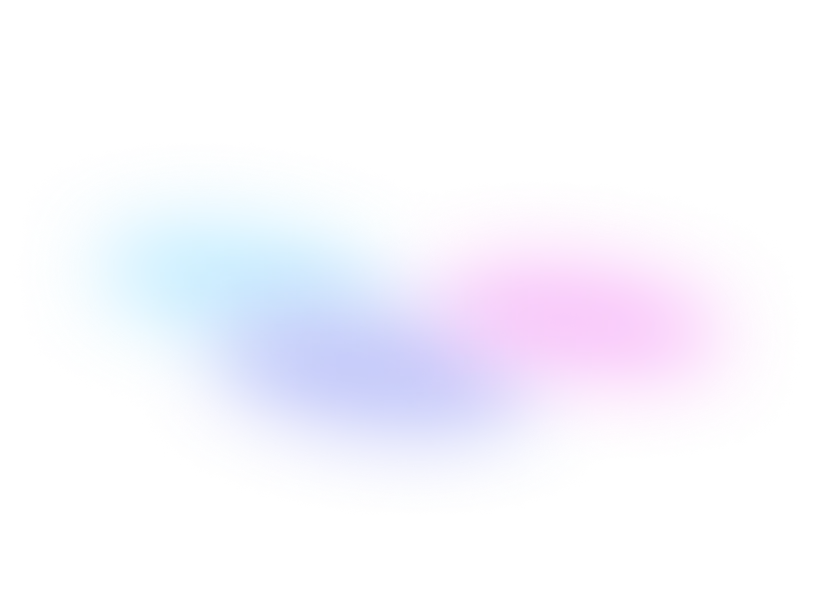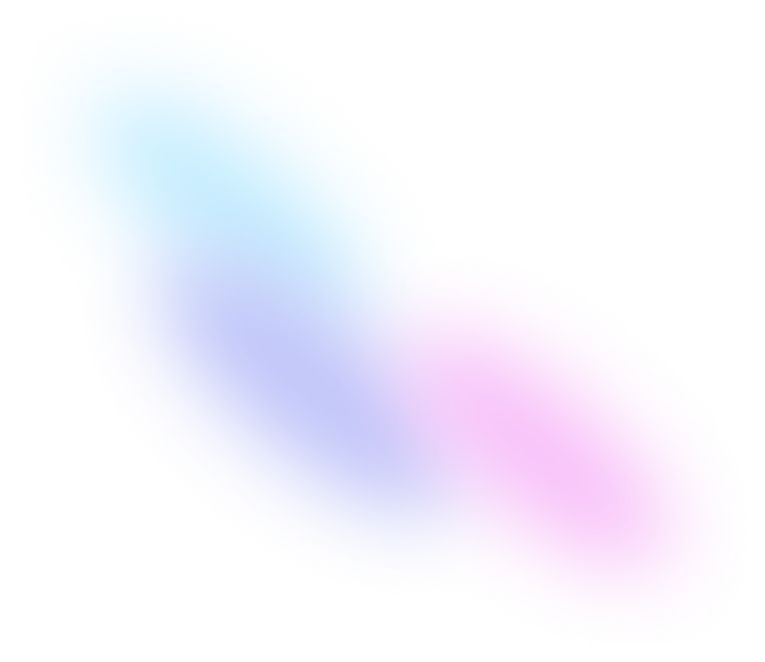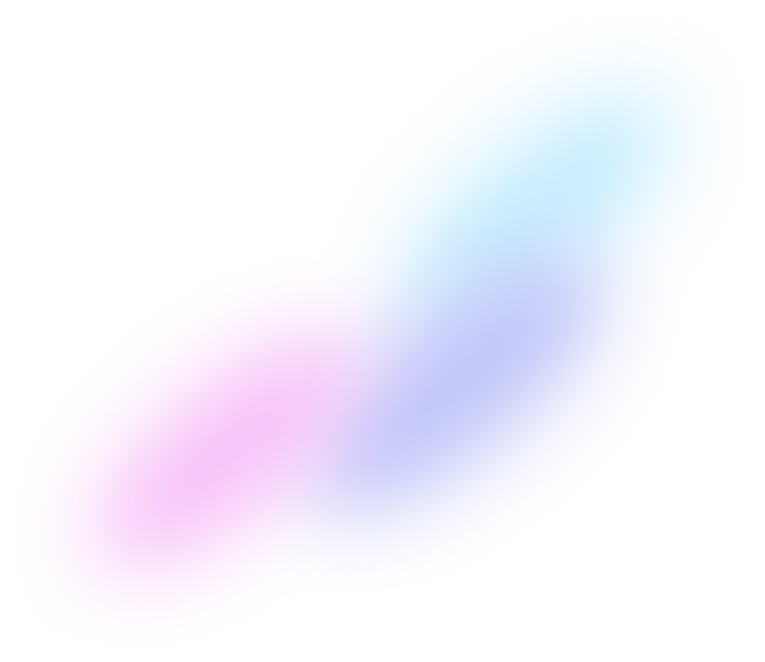Women in STEM is a popular term you would have heard, and it is well-celebrated in the modern age. However, what about the women who laid the stepping stones for the term? Women who not only broke gender barriers but also played an important role in laying the foundation in several modern fields. One such icon was Ada Lovelace.
Augusta Ada King, Countess of Lovelace, more commonly known as Ada Lovelace, was the daughter of the poet Lord Byron and his wife, Anne Isabella Milbanke. She did something most women deemed impossible then. She became the world’s first computer programmer. Even though recognised much later, her visionary notes on Charles Babbage’s Analytical Engine included what is recognised as the first computer algorithm, earning her that title.
A mother’s fear
Being a single mother, Lady Byron was sceptical of several skills thought to be irrational — specifically subjects like the arts — which she associated with Lord Byron. In order to prevent Ada from having any poetic tendencies, Lady Byron made sure that her daughter received a rigorous education in science and mathematics, which were very uncommon for girls in her era. Ada had a natural aptitude for numbers and reasoning from a young age. Among her tutors were renowned mathematicians like Augustus De Morgan, a well-known logician, and Mary Somerville, one of the first female members of the Royal Astronomical Society.
Ada’s life changed dramatically when she met Charles Babbage, the inventor and mathematician who is frequently referred to as the “father of the computer”, when she was just 17 years old. Babbage was then developing the Difference Engine, a mechanical device used to perform mathematical calculations. Ada was fascinated by his ideas and demonstrated a thorough understanding of his work.
They developed a strong intellectual bond, and Babbage was impressed by her perceptions and critical abilities. He affectionately referred to her as “The Enchantress of Numbers”. Babbage and Lovelace’s friendship and collaboration would become one of the most significant intellectual partnerships of the 19th Century.
Babbage later started working on the Analytical Engine, a general-purpose computing machine. It contained many features that we see and use in modern computers, including an arithmetic logic unit and integrated memory.
The path changer
In 1842, based on a lecture Babbage gave in Turin, Italian engineer Luigi Federico Menabrea wrote a paper in French about the Analytical Engine. Lovelace was commissioned to translate this paper into English. But she went far beyond a mere translation.
Her notes were three times longer than the original text and offered profound insights into the potential of the machine. She described how the engine could be programmed to perform tasks beyond pure number-crunching—such as composing music—highlighting her prescient understanding of computing as a universal machine.
Lovelace most famously included a technique for using the Analytical Engine to calculate a series of Bernoulli numbers. This is widely regarded as the first algorithm ever intended to be executed by a machine, making her the first computer programmer in history.

Did you know?
She was also aware of machines’ limitations and emphasised the difference between human creativity and machine processing, which is still relevant in discussions about automation and artificial intelligence today.
But in the late 1840s, her health began to decline, and in 1852, she passed away from uterine cancer. She was buried next to her father, Lord Byron, in Nottinghamshire’s Church of St Mary Magdalene, as she requested. For many years after her death, Ada Lovelace’s contributions were largely forgotten. It wasn’t until the mid-20th Century, with the rise of computer science as a discipline, that her work was rediscovered and properly recognised.
In a field where women have been traditionally discriminated against and not taken seriously, Ada Lovelace shines bright as a pioneer in not just STEM but also feminism!





